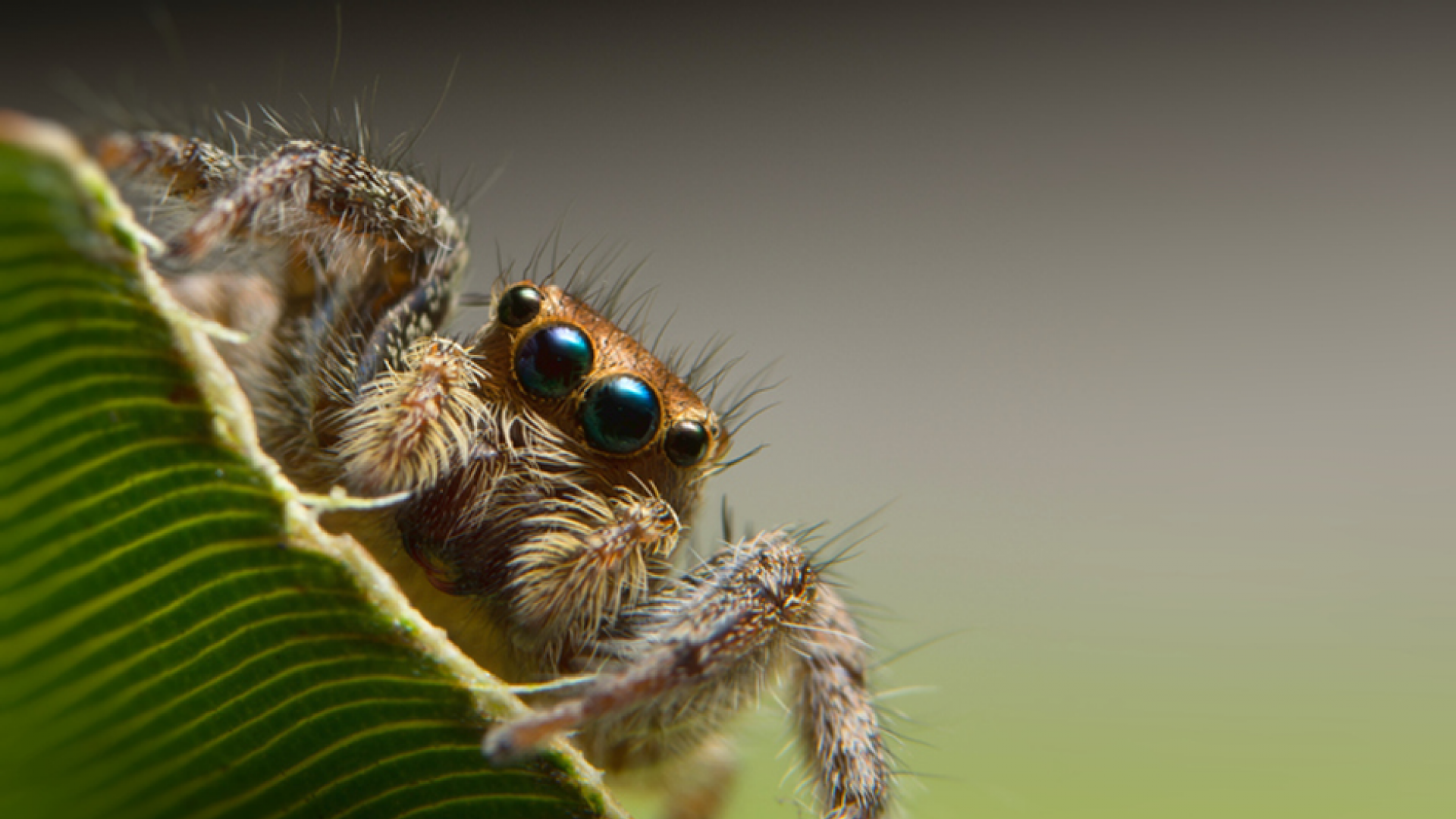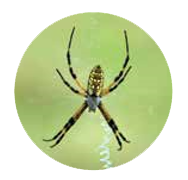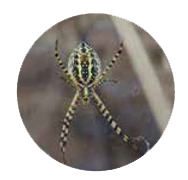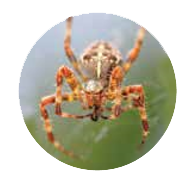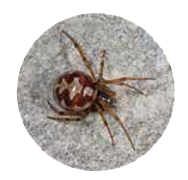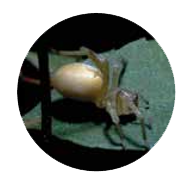ROM Entomologist Brad Hubley shares insights into what makes these eight-legged creatures special
What is the most interesting thing about spiders that very few people know about?
Spiders are not insects. Spiders have eight legs, two main body parts (abdomen and cephalothorax), no antennae, and no wings, whereas insects have six legs, three main body parts (head, thorax, abdomen), and two antennae, and most species have wings during some part of their life. All spiders can produce silk but not all spiders use silk to spin webs. Silk is used for a variety of purposes including constructing webs, lining burrows, encasing egg sacs, and making safety (drag) lines to prevent the spiders from falling.
Do we have any venomous spiders in Canada? Any specific to Ontario?
All spiders produce venom but not all species are harmful to humans. In Canada there are two species of black widow spiders that are potentially of medical significance to humans: the western black widow, Latrodectus hesperus, found from British Columbia to Manitoba, and the rare northern black widow, Latrodectus variolus, in southern Ontario. There has not been a verified record of the brown recluse occurring in Canada; in North America, they are restricted to the south-central and southwestern United States.
Is it true that spiders outgrow their clothing (in this case, their skins)?
Like other arthropods, spiders have an exoskeleton (an external skeleton) that they shed as they grow larger. As the moulting process begins, the spider pumps hemolymph (a bloodlike substance) from its abdomen to its cephalothorax, thereby putting pressure on its exoskeleton, which then splits open. The spider uses its muscles to pull itself out of the old exoskeleton, and while the new one is still soft, the spider grows. During this stage of the moulting process, while the new exoskeleton is still soft, the spider is at its most vulnerable. Some species will lower themselves on a silk line as they moult to keep themselves away from predators.
Have you had any scary spider experiences?
In 1990 I was participating in an interdisciplinary field trip to Guyana in South America. One morning as I lay sleeping in my tent, pitched near the edge of a river, I was awoken by a colleague who was trying to get my attention; he was trying to get out of his tent but there was a spider on it. I told him it was 6 a.m. and to just knock the spider off the tent. I was awoken again an hour later when the spider reappeared. I crawled out of my tent and, sure enough, there was a beautiful spider on my colleague’s tent. I used my 12-inch forceps to pick it up and move it onto a nearby open patch of ground so I could take a photo of it; I photographed it with its legs raised high in the air, which is a typical defensive posture for a spider. I then noticed black and yellowish bands on the underside of its legs. This is typically a warning pattern indicating that a species is venomous or aggressive when threatened. I preserved the spider and brought it back to the ROM. Turns out it belongs to the genus Phoneutria, commonly known as the Brazilian wandering spider. There are two species in this genus whose venom is a potent neurotoxin, and if sufficient venom is injected into a human, the results can be fatal. Needless to say, I had to apologize to my colleague all these years later; he wasn’t too happy to hear what I had to say to him!
Are spiders and octopuses the only creatures in the animal kingdom to have eight legs?
No. There are many different types of animals belonging to the group Arachnida that have eight legs; this groups includes spiders, harvestmen (commonly called daddy-long-legs), scorpions, mites, and ticks, to name just a few.

